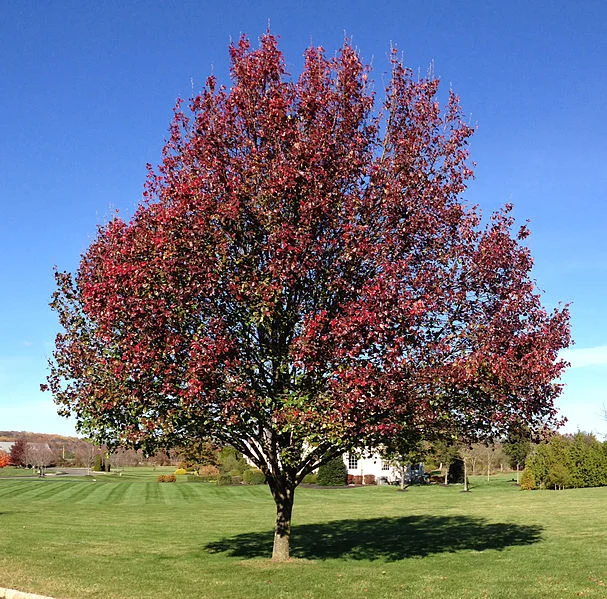If “Lecanium” is a new word for you, consider yourself lucky, or at worst, blissfully ignorant. If you have experienced species of this genus in your landscape you may know how devastating, unsightly, and generally… uncomfortable this insect can be. If you have ever stood under a tree covered in a scale population which is actively feeding and digesting you will know why the word “uncomfortable” came to mind. In this installment I will briefly describe Lecanium scale and its life cycle. In the next installment, I will share an unusual finding from last season, and stand out on a limb to make a forecast for this season.
Fire Blight is No Delight
This year has been a particularly bad one for fire blight on Pear and Apple trees. Fire blight is a bacterial disease that affects plants in the Rosaceae family, causing a characteristic blackened wilting of leaves and twigs. This family of plants is also popular for its landscape value, both for flowers and fruit production. Pear, Cherry, Rose, Apple, Serviceberry, Cotoneaster, Hawthorn are just a few trees and shrubs that are very familiar to us. Have you noticed a profusion of dead, blackened leaves in your neighborhood? In your trees?
🚫Callery Pear
>>DO NOT PLANT<<
General Info
- Latin Name - Pyrus calleryana
- Native Range - China and Korea
- Growth Rate - Fast
- Mature Height - 40–60’
- Mature Spread - 25–40’
Arborist Thoughts
- Cherished for its white flowering show in the Spring but dreaded for its poor structure, weak stem attachment and susceptibility to fireblight (a lethal bacterial disease) and lecanium scale (a challenging insect pest to manage).
This tree has reached epidemic proportions through over planting and by the high volume of escaped seedlings along highways, abandoned fields and unmanaged areas.
Ohio added Callery pear to the Invasive species list in 2016.
One of the most likely tree species to fail under wind or ice load.
DO NOT PLANT


